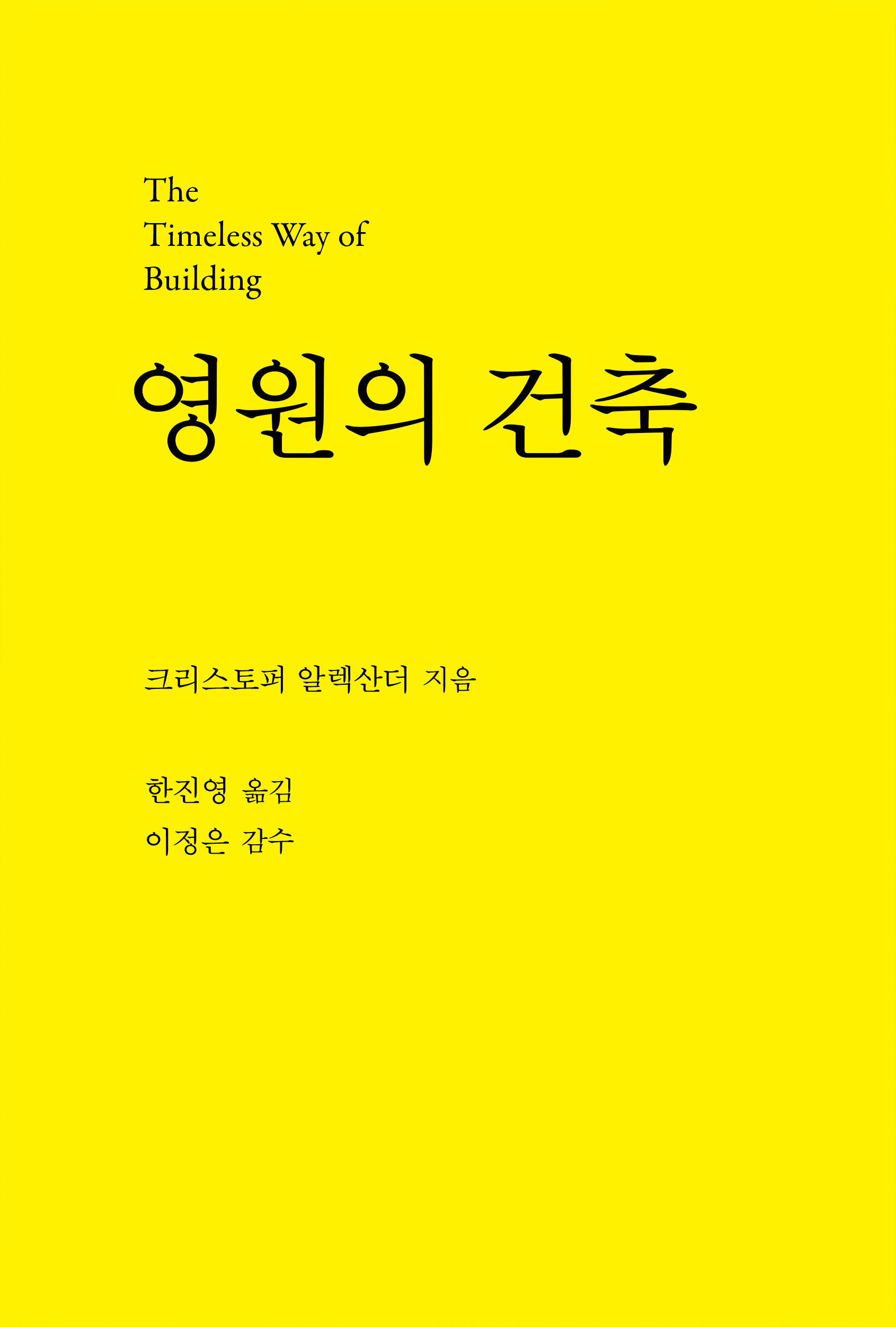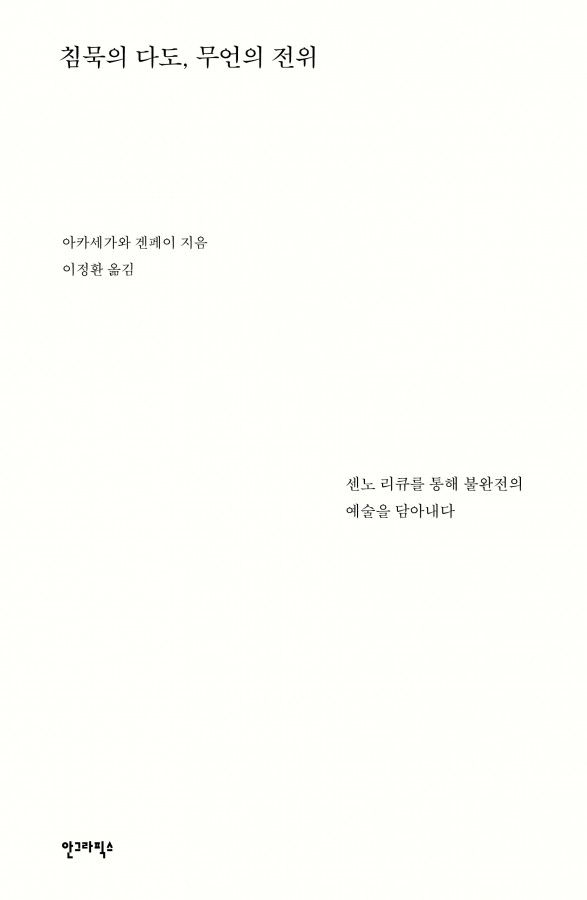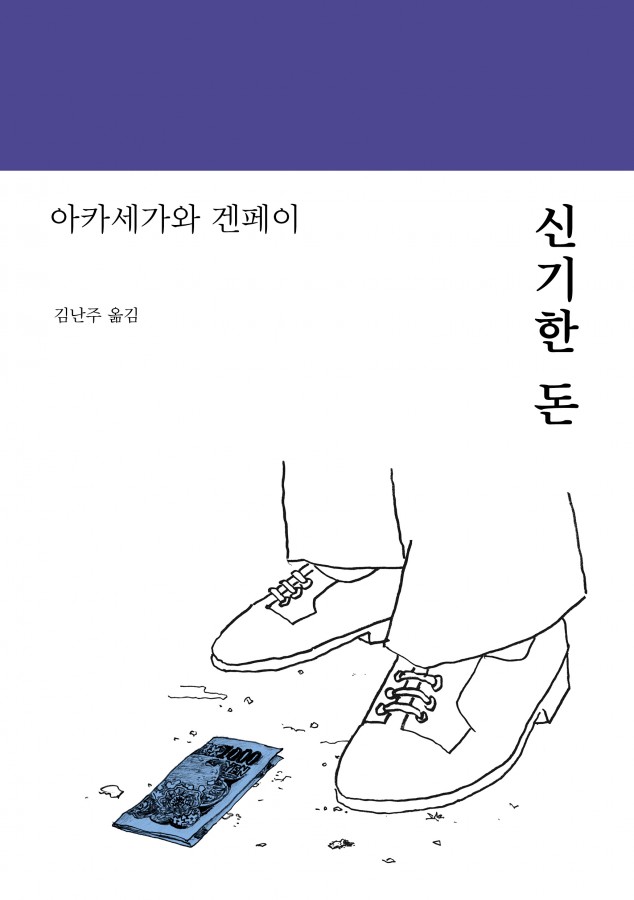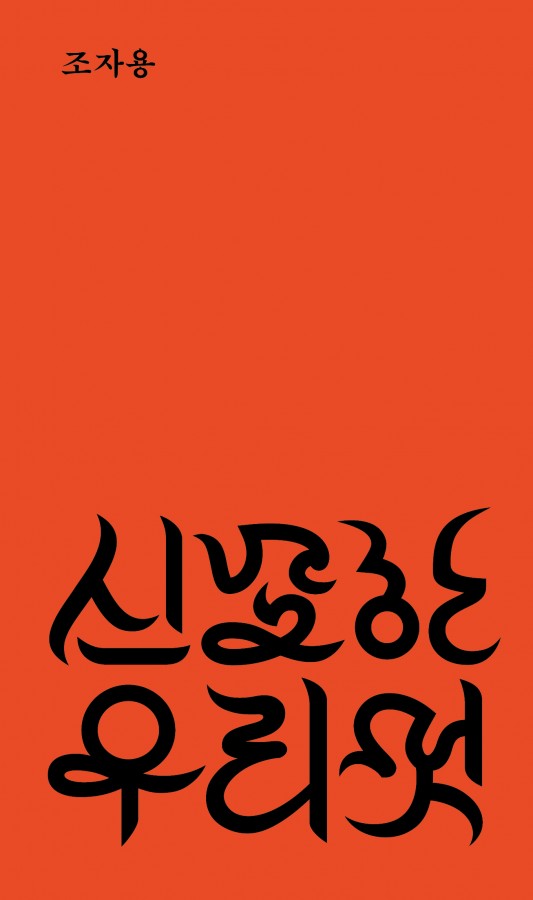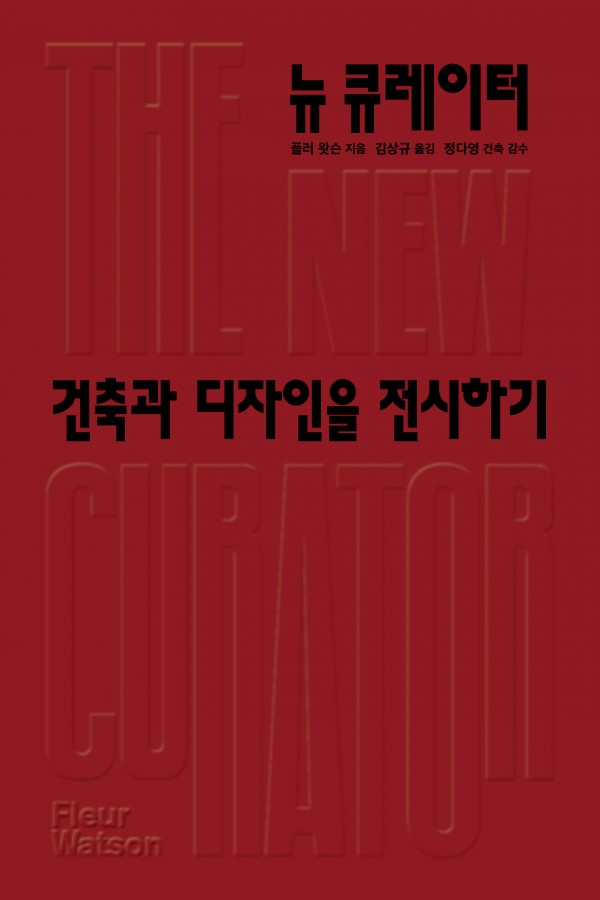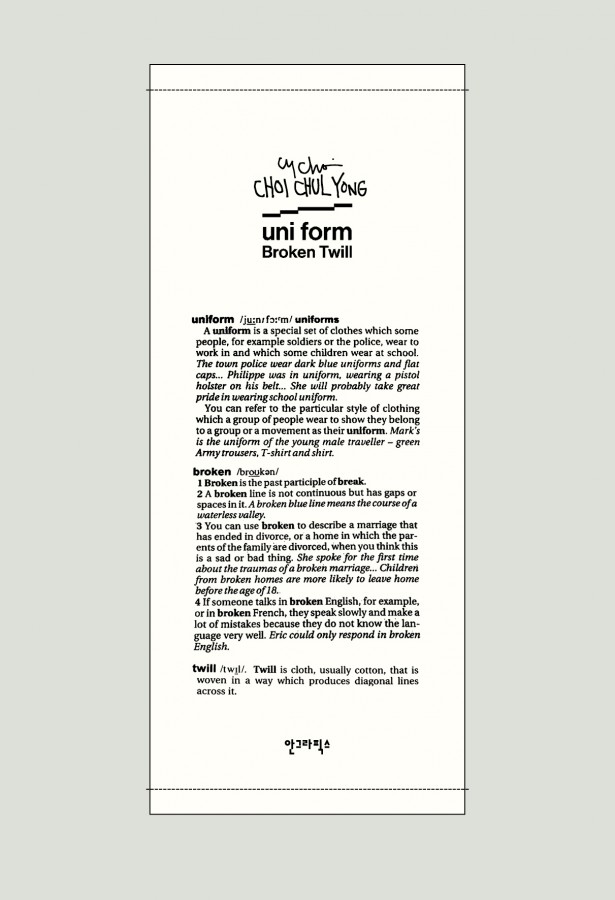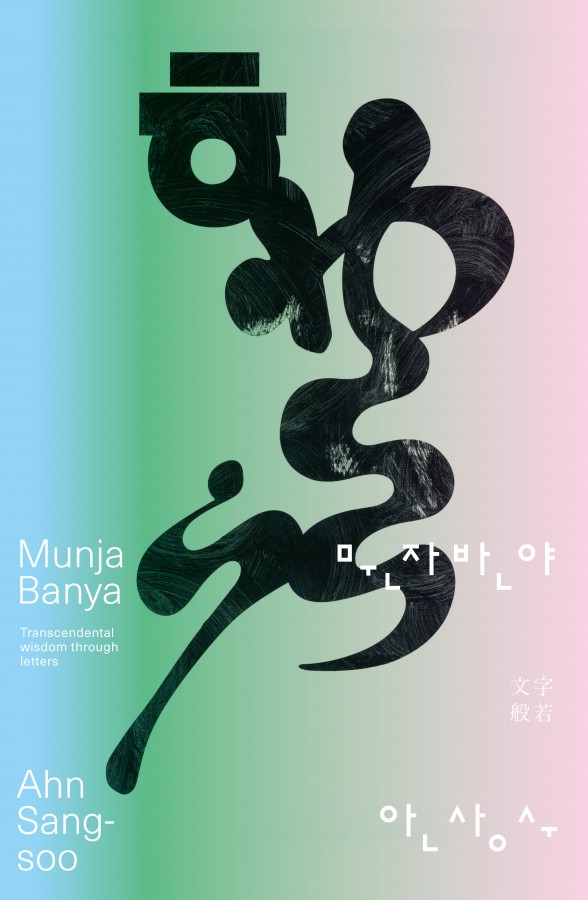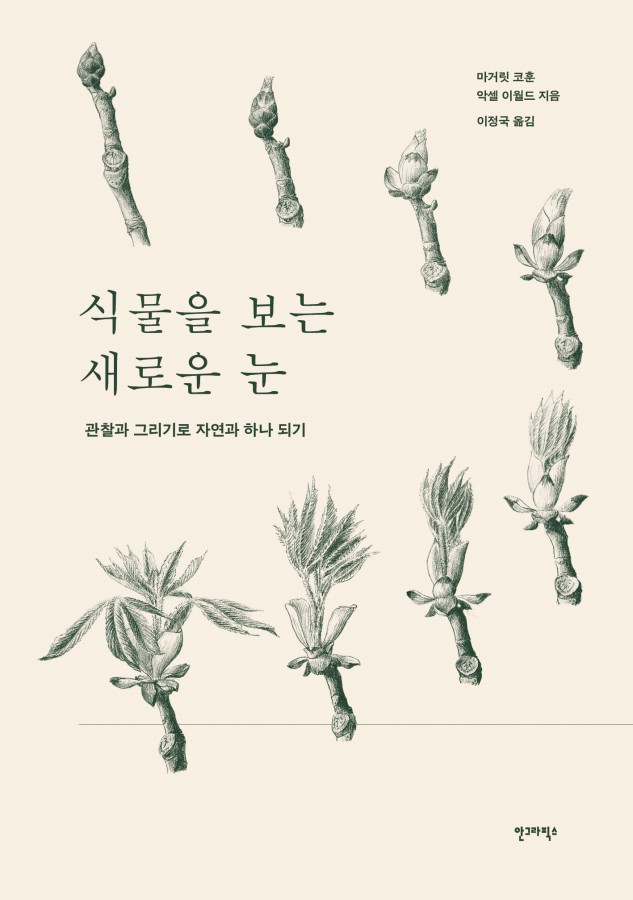Why do we feel at ease and comfortable in certain spaces?
Because they are built in harmony with nature—spaces that are alive.
And deep down, we already know how to create them.
The Timeless Way of Building is a journey toward discovering the most natural and enduring way to design buildings, villages, and cities. From the smallest room to entire urban landscapes, Christopher Alexander argues that the secret to making spaces come alive lies in what he calls “the quality without a name”—a fundamental characteristic that, when present, makes places feel vibrant, free, and full of life.
Christopher Alexander’s Lifelong Study: 253 ‘Pattern Languages’ for Natural & Living Spaces
First published in 1979, this groundbreaking book introduced a revolutionary approach to architecture, urban design, and planning. It serves as the philosophical foundation for A Pattern Language and The Oregon Experiment, published as part of a series by the Center for Environmental Structure at the University of California, Berkeley.
Alexander introduces the concept of ‘pattern language’—a collection of design solutions that naturally emerge when creating human-centered spaces. These patterns reappear repeatedly in successful architecture, forming a universal architectural vocabulary. He outlines 253 patterns ranging from room layouts to urban planning principles, demonstrating how these patterns can be applied at any scale, from houses and buildings to entire cities.
The Power of Pattern Language and the ‘Quality Without a Name’
At the core of these patterns is an unnameable force—the “quality without a name.” While we may struggle to define it precisely, Alexander asserts that this quality is essential for creating spaces that feel natural, alive, and timeless. Buildings and cities designed with this inherent characteristic bring comfort and a sense of belonging to the people who inhabit them.
Beyond architecture, pattern language has influenced diverse fields, including software engineering, user experience (UX) design, and creative problem-solving, proving its universal applicability.
The Timeless Way of Building is not just about architecture—it’s about rediscovering how to create spaces that feel truly alive, offering insights that remain as relevant today as they were decades ago.
